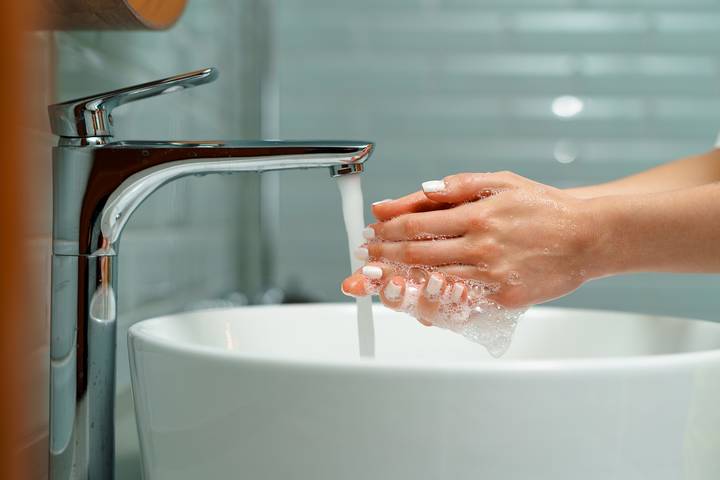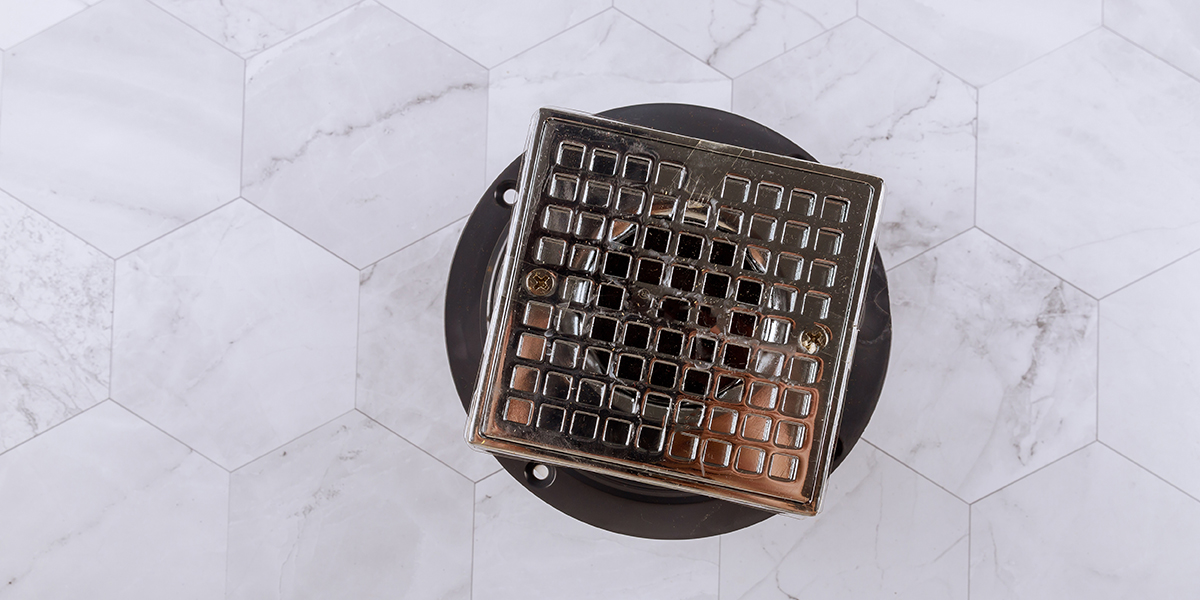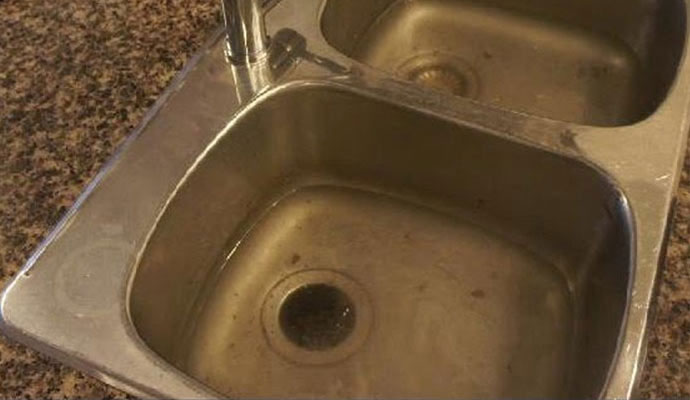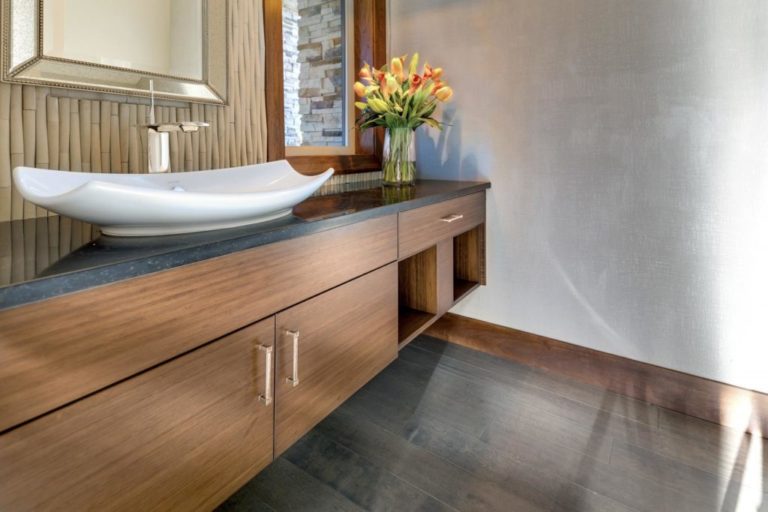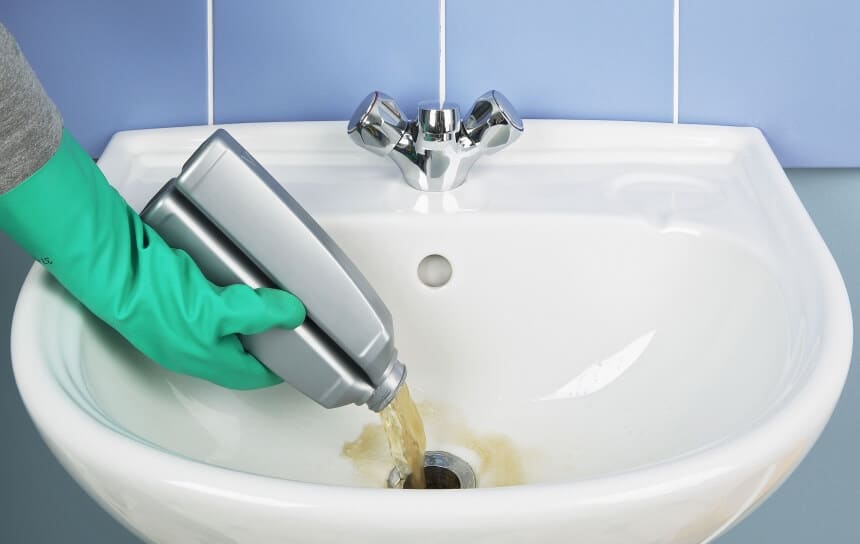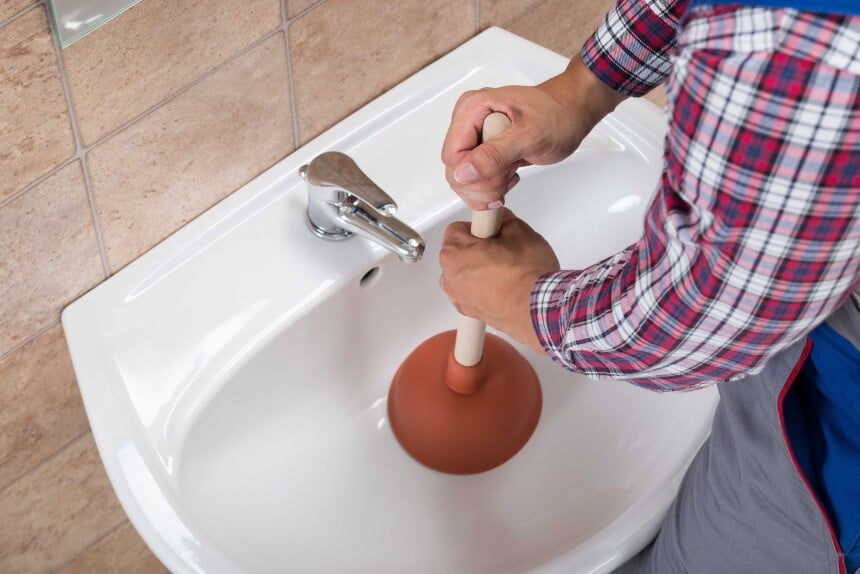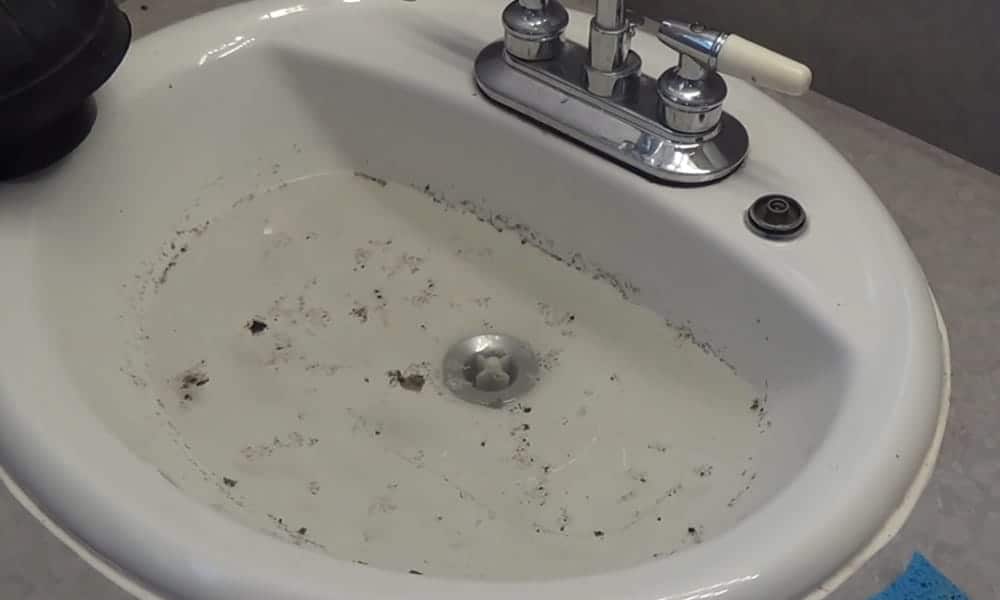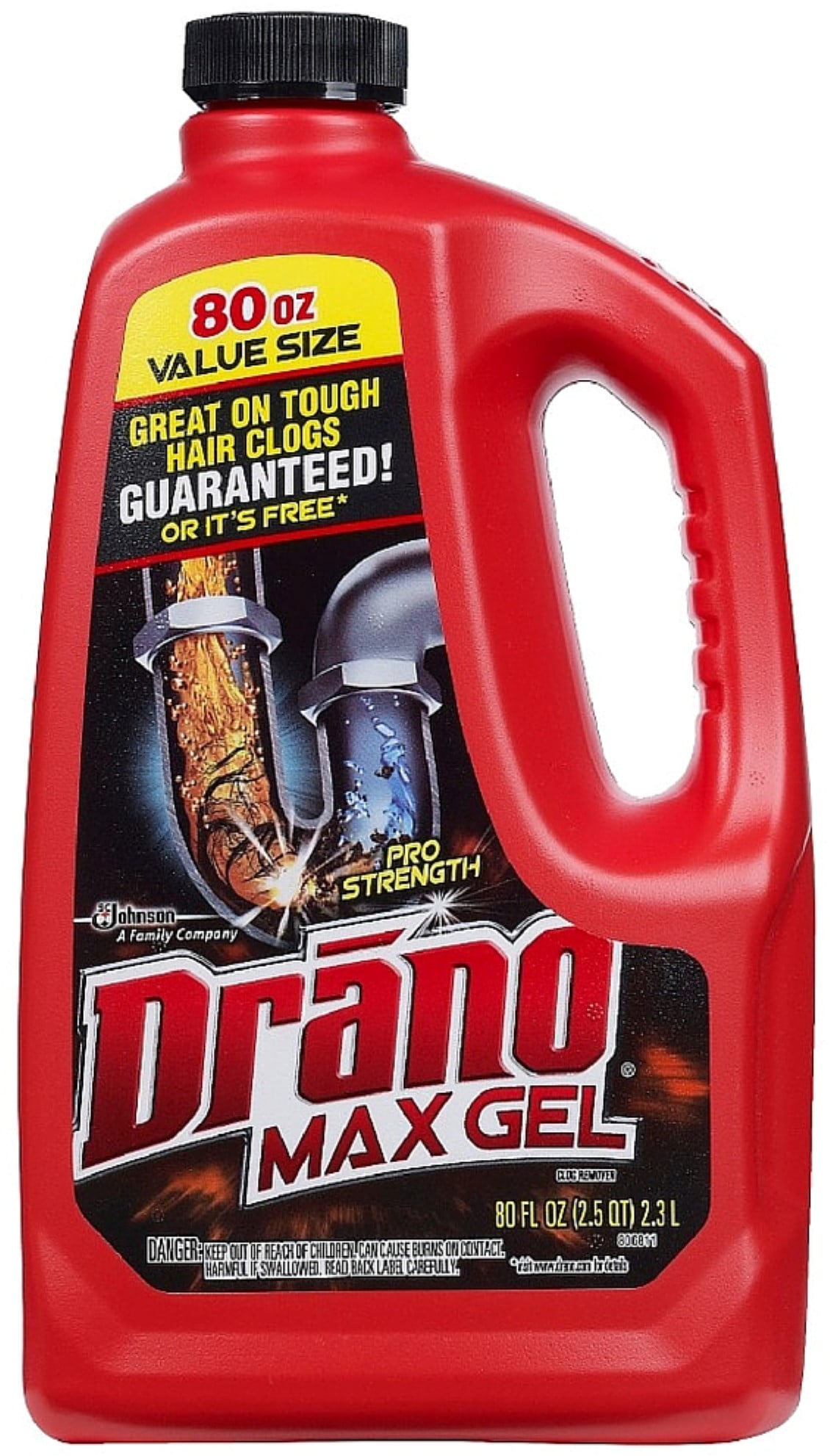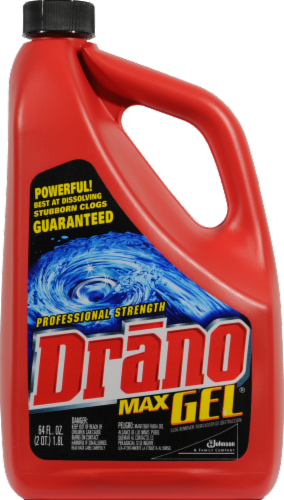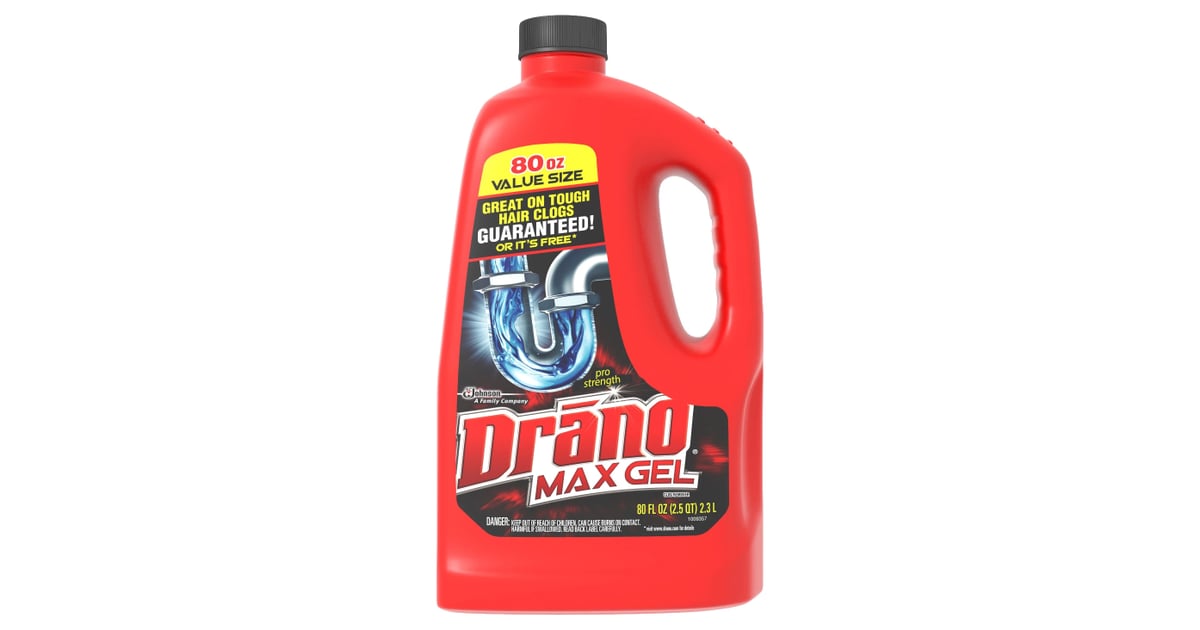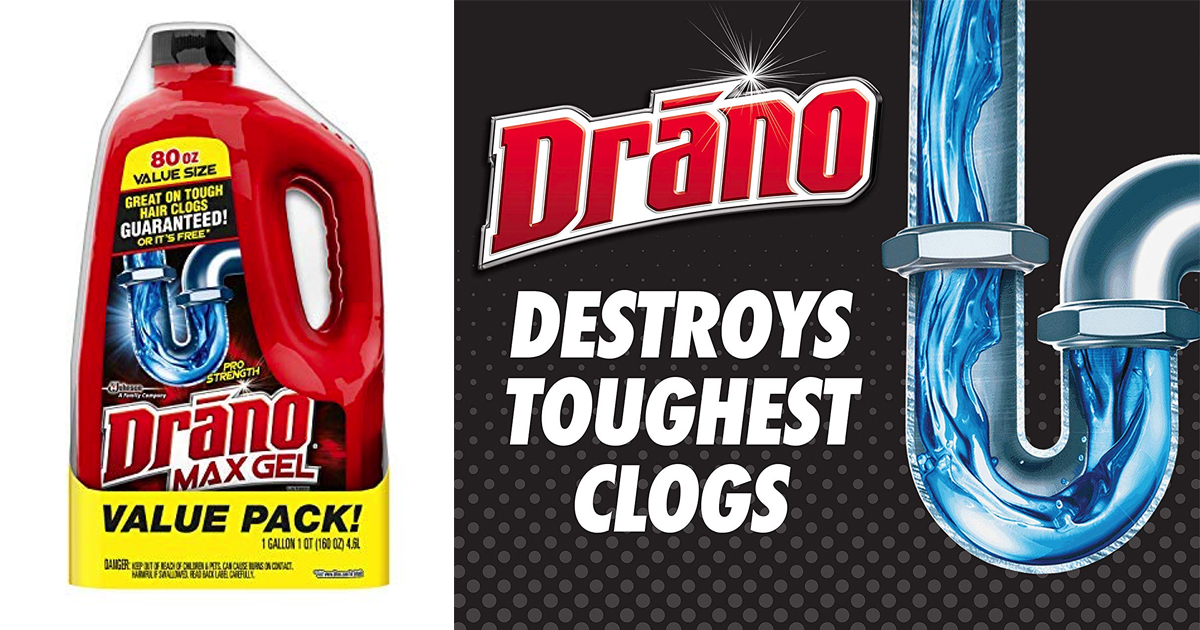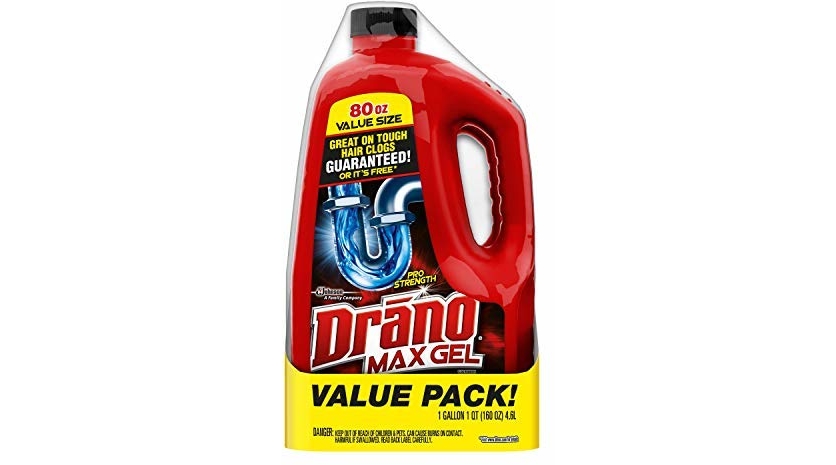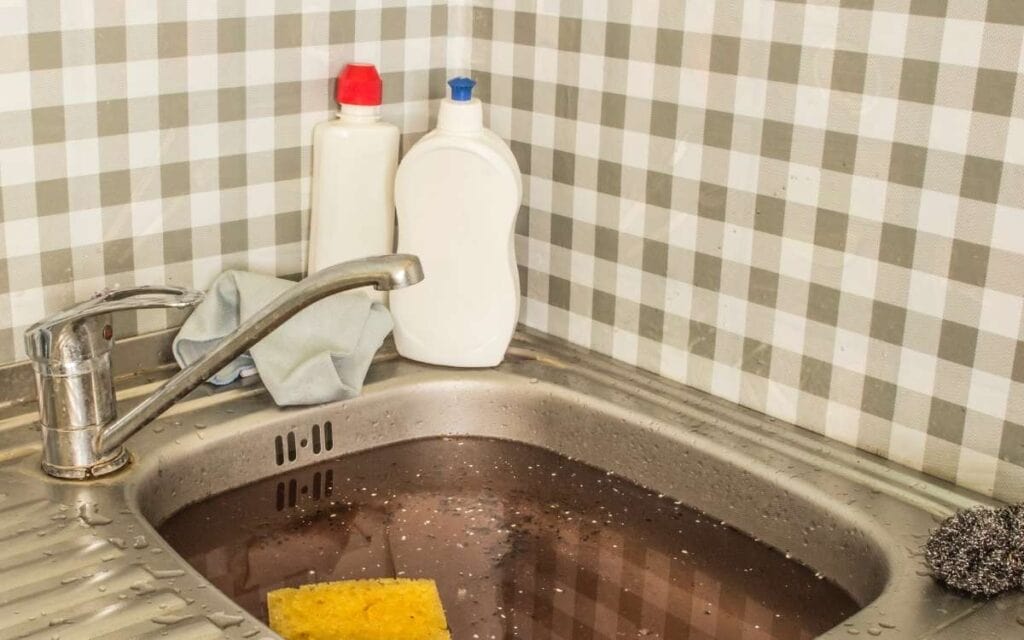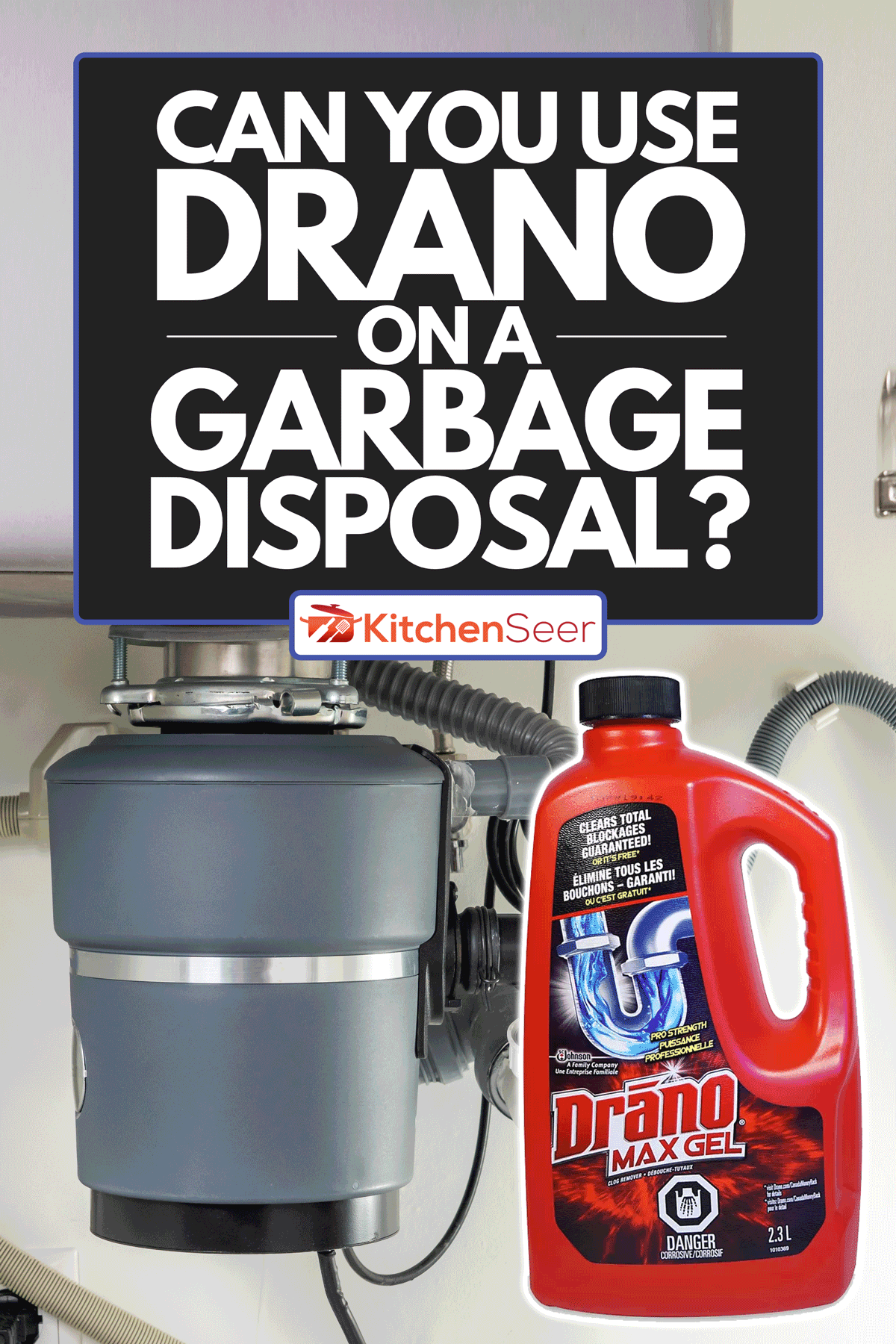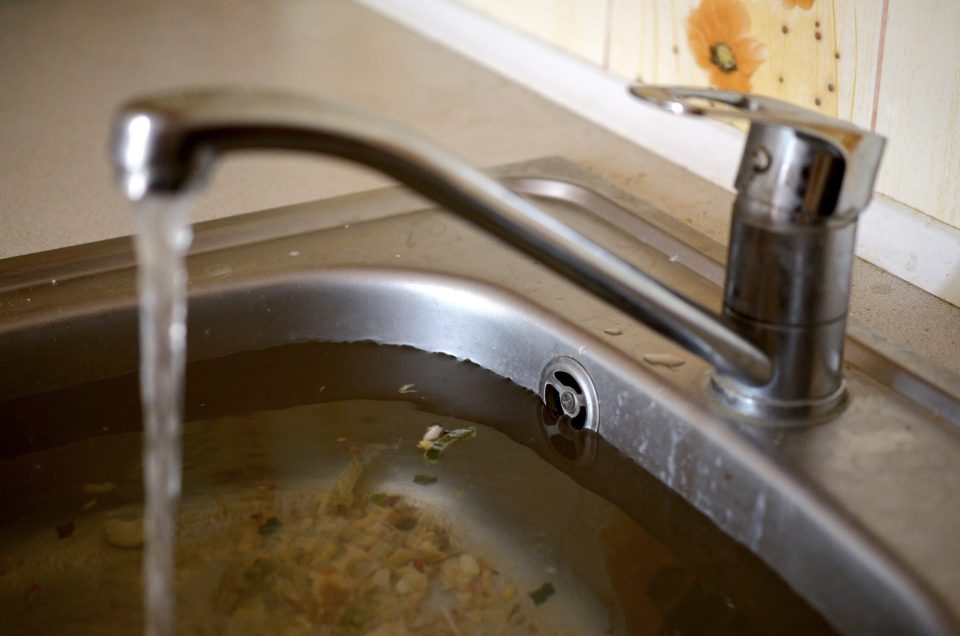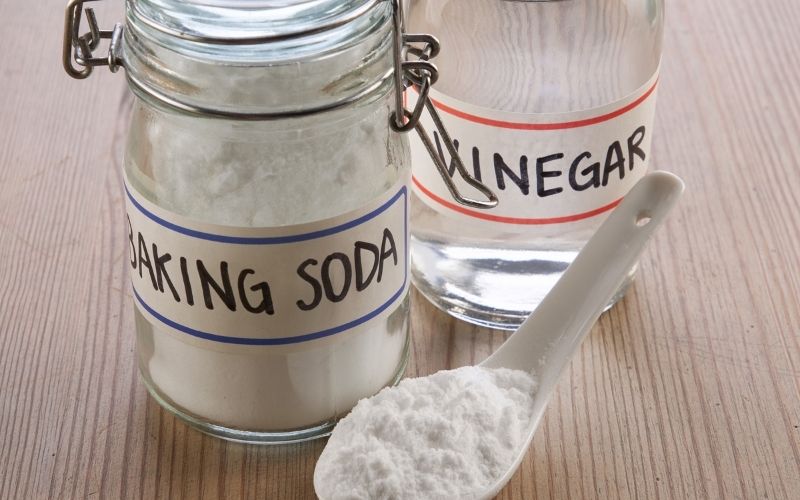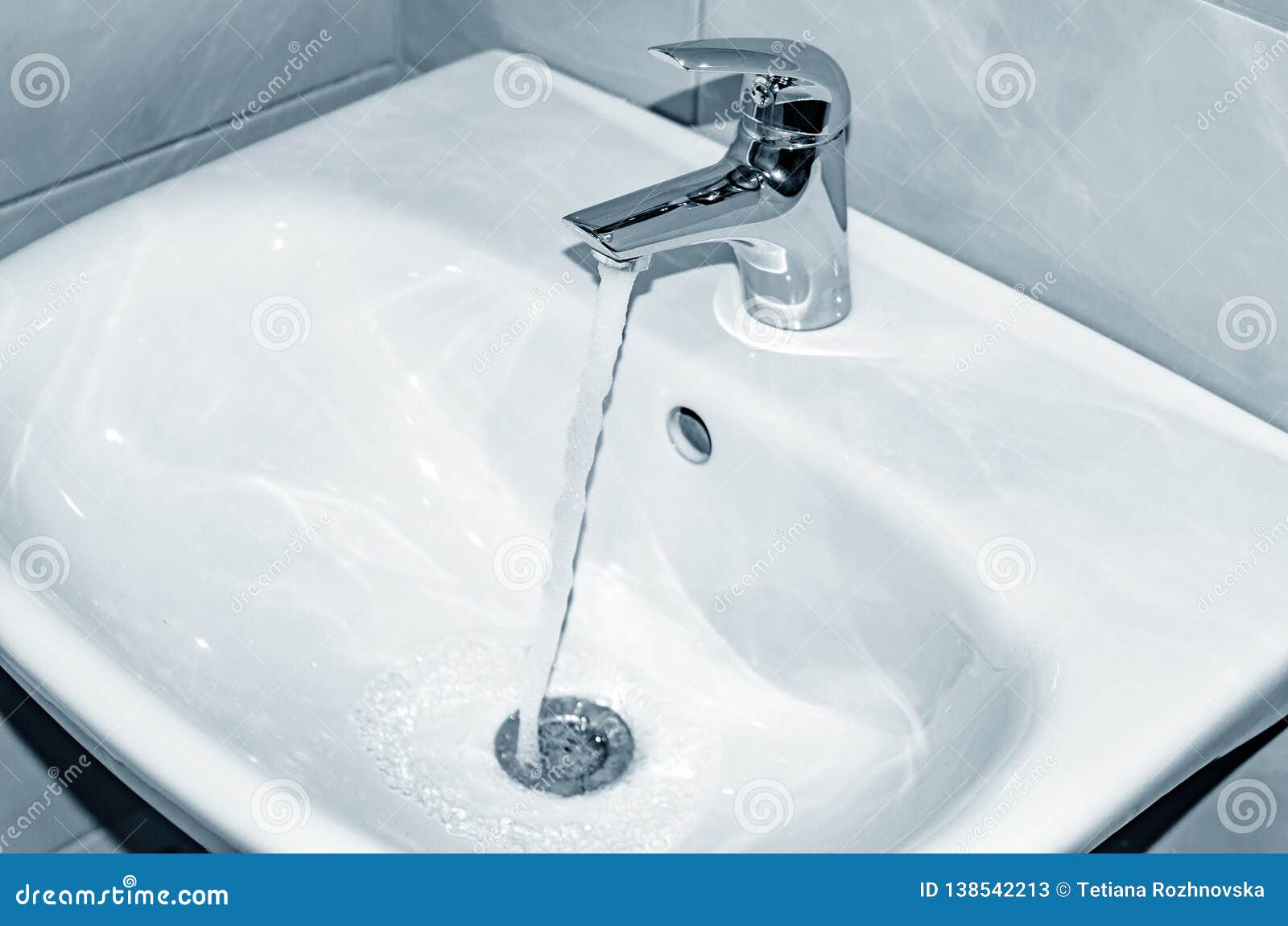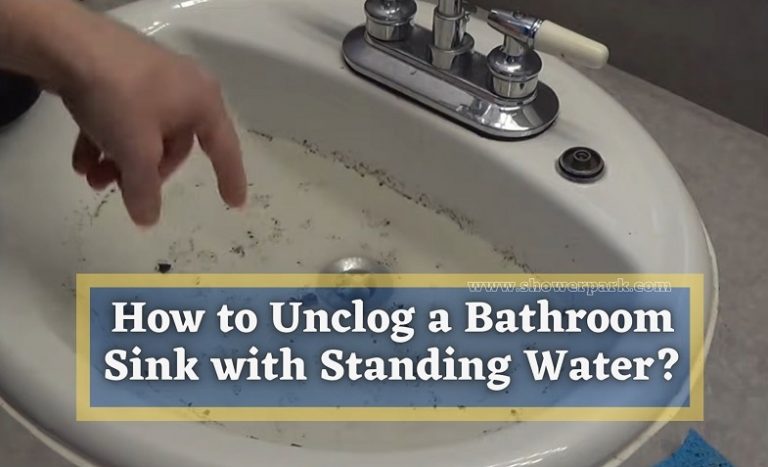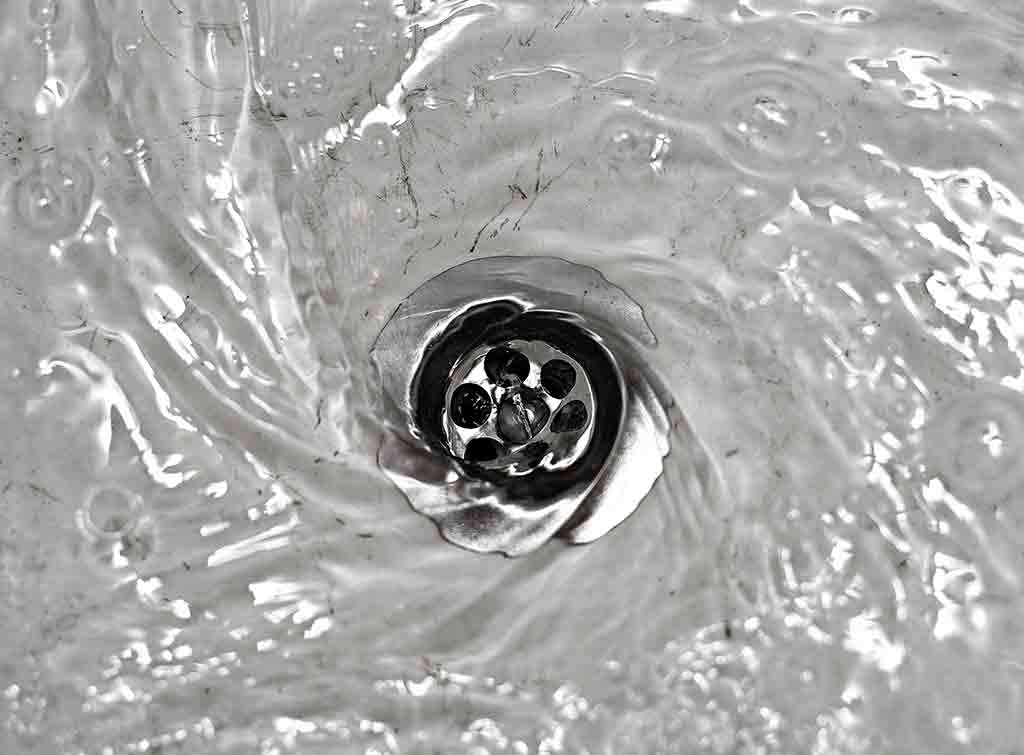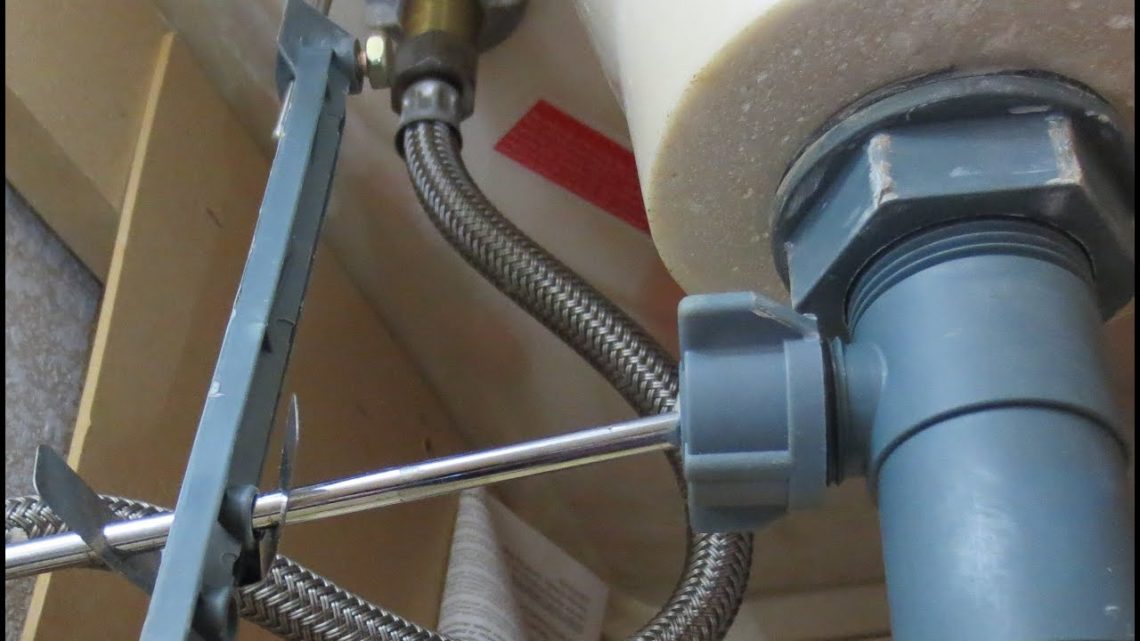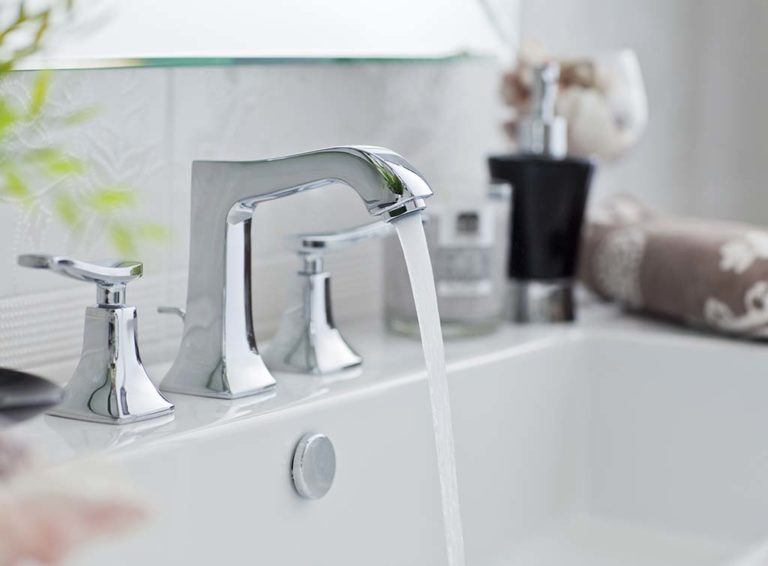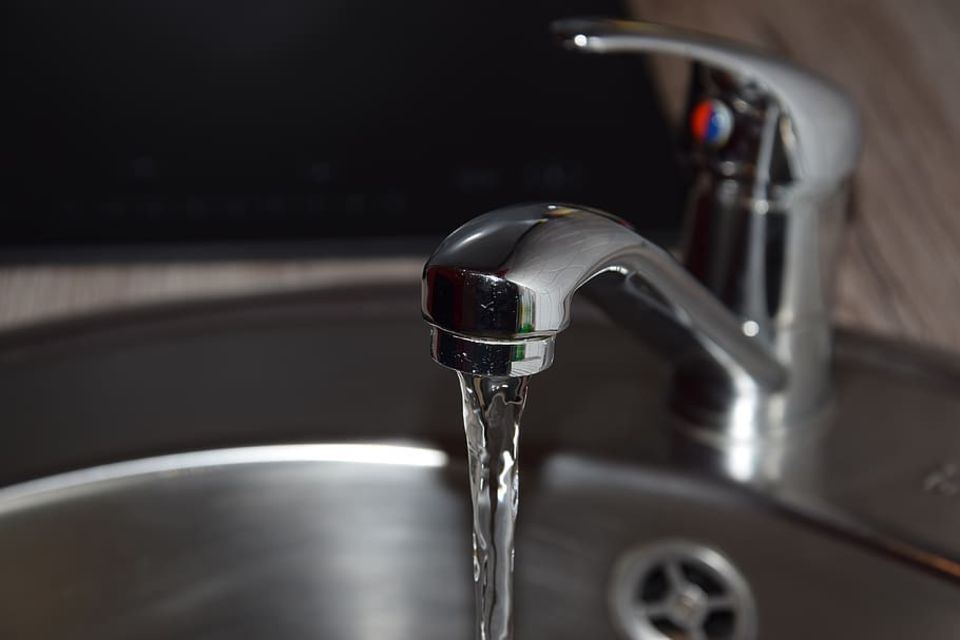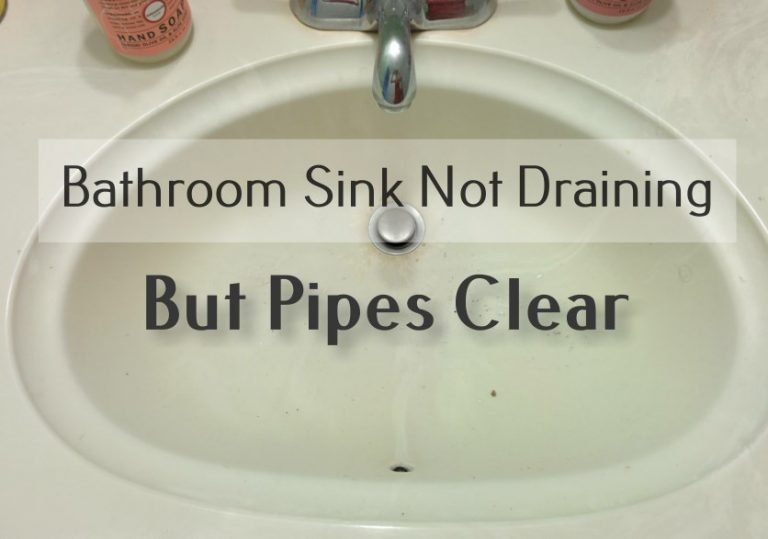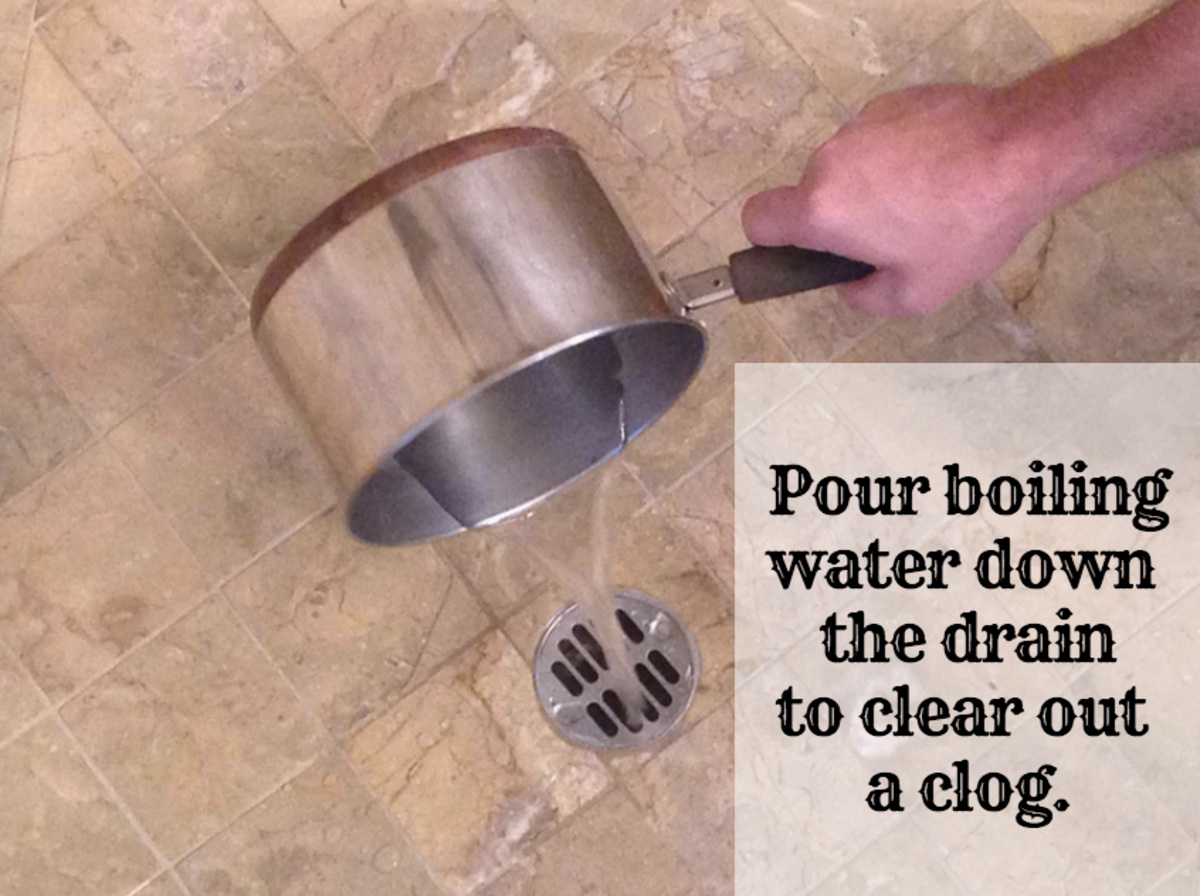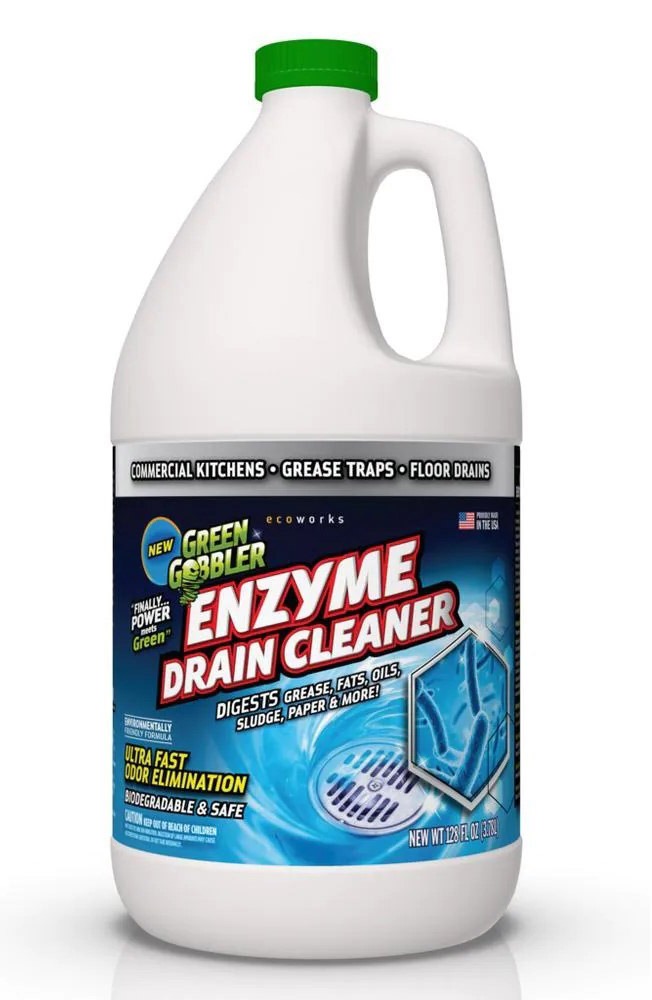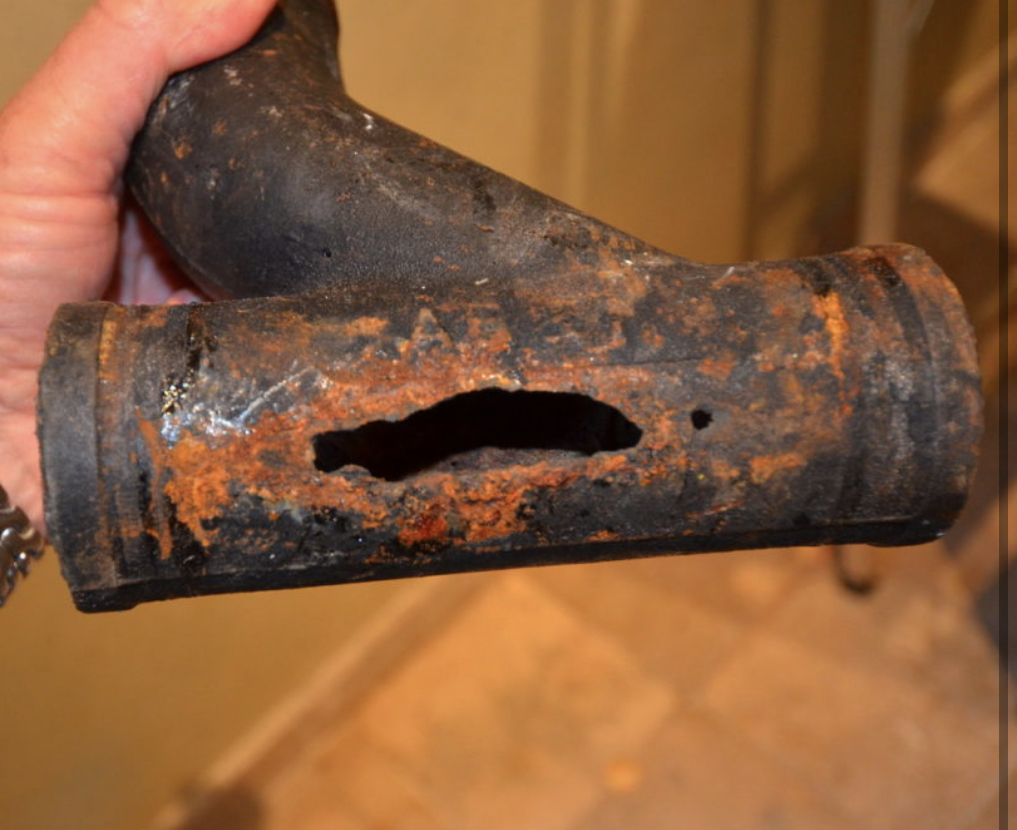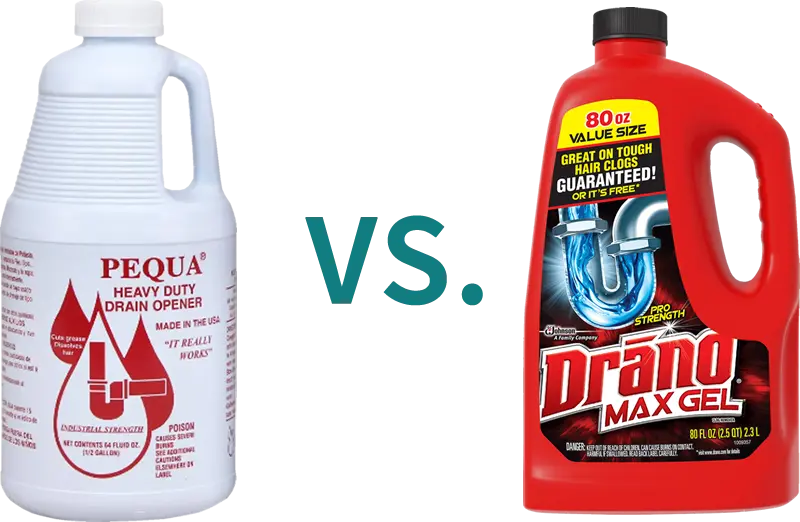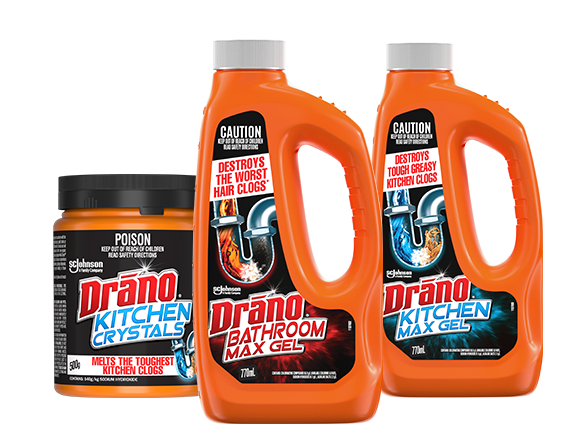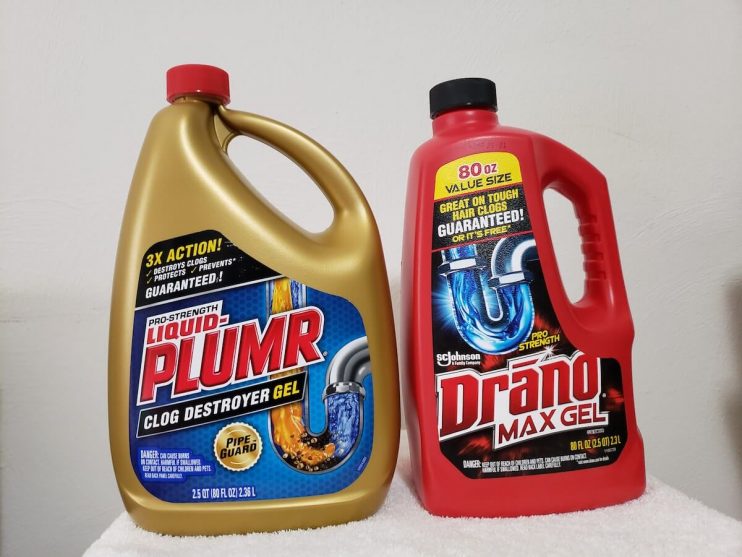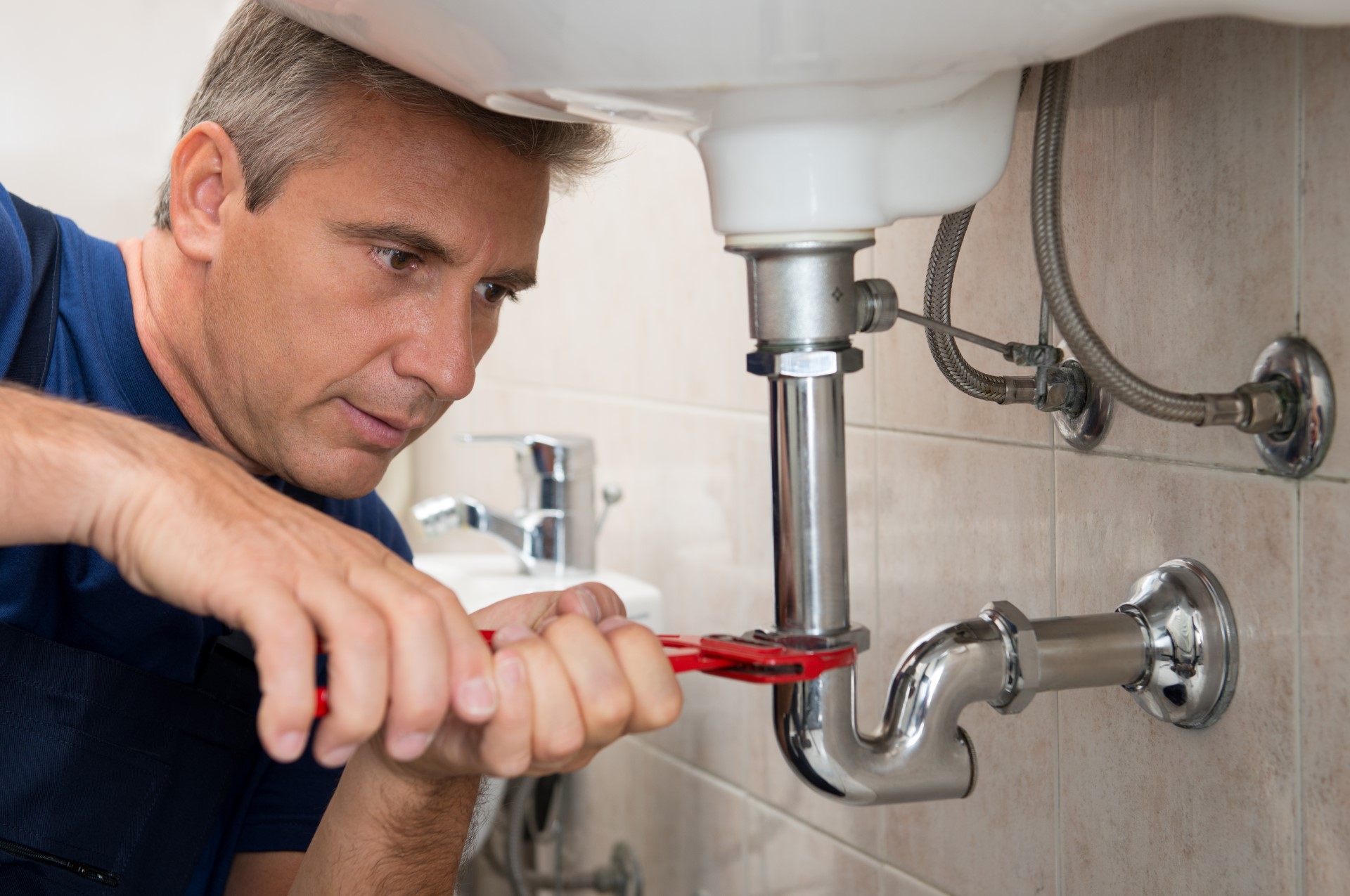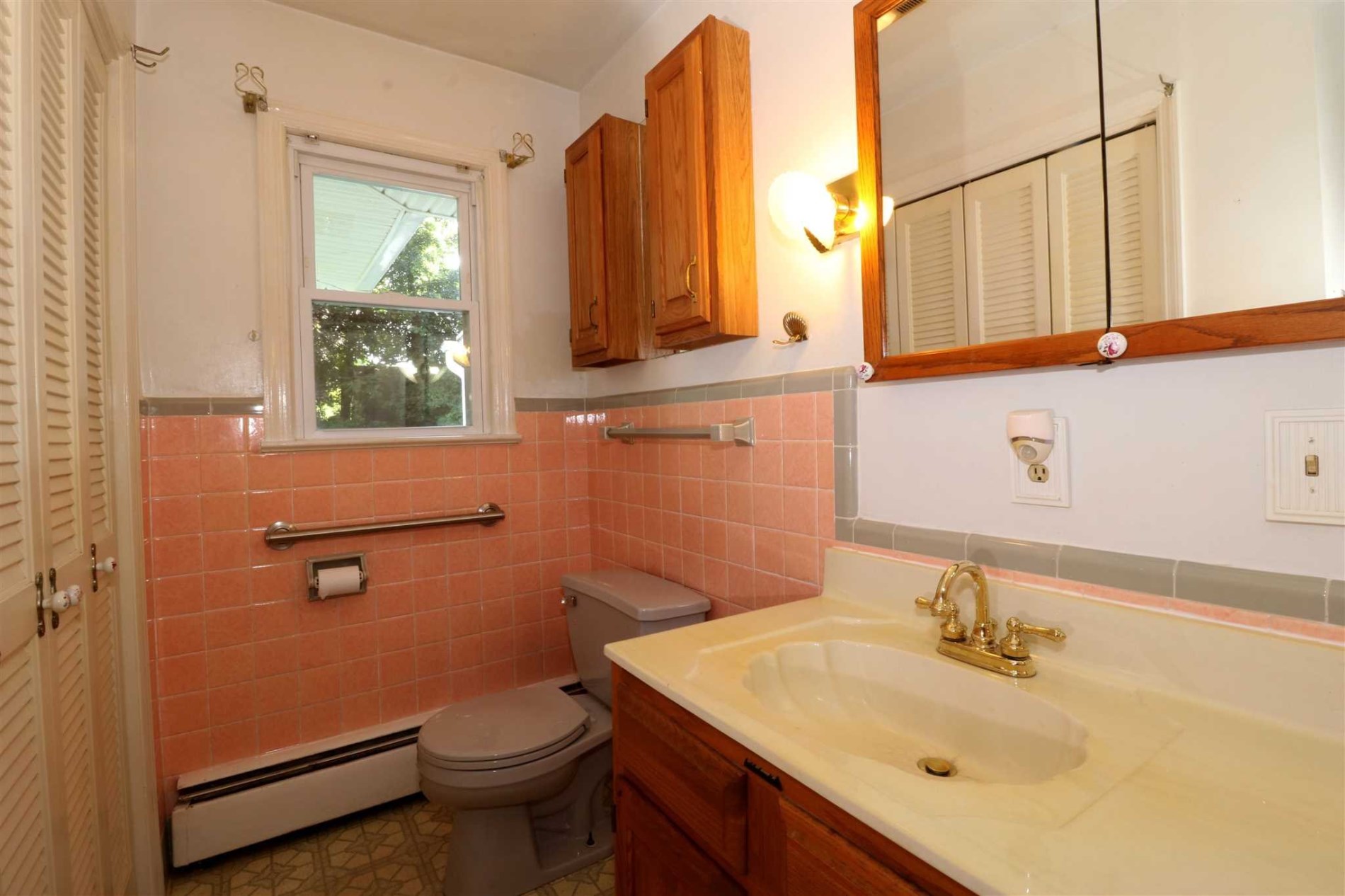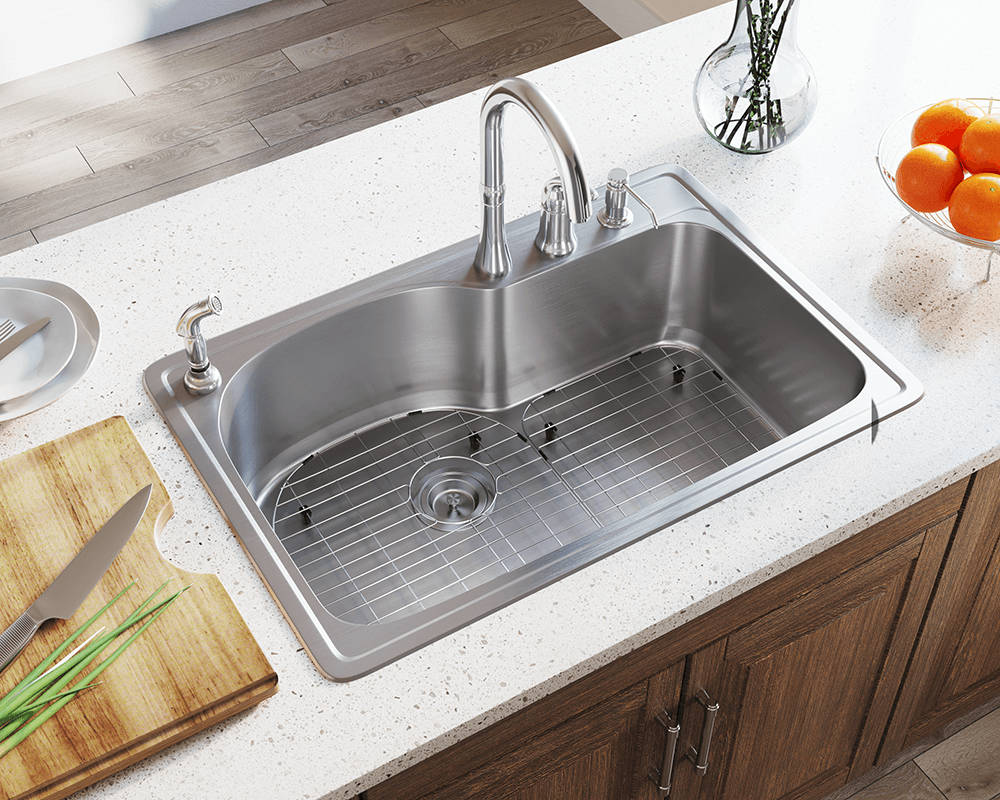Dealing with standing water in your bathroom sink can be a frustrating experience. Not only does it make it difficult to use the sink, but it can also be a sign of a larger plumbing issue. In this article, we will discuss the causes of standing water in bathroom sinks, the best solutions, and how to prevent it from happening again in the future. Standing Water in Bathroom Sink: Causes, Solutions, and Prevention
One of the most common causes of standing water in a bathroom sink is a clogged drain. This can be caused by a buildup of hair, soap scum, or other debris. To unclog a bathroom sink with standing water, you can try using a plunger. Place the plunger over the drain and push down and then pull up in a fast motion. This can help to dislodge the clog and allow the water to drain. How to Unclog a Bathroom Sink with Standing Water
If the plunger doesn't work, you may need to use a chemical drain cleaner, such as Drano Max Gel. This powerful formula is specifically designed to dissolve tough clogs, including those caused by standing water. Simply pour the recommended amount of Drano Max Gel into the drain, wait for it to work its magic, and then flush with hot water. Drano Max Gel Clog Remover for Standing Water
To use Drano in a bathroom sink with standing water, follow these steps: Step 1: Remove any standing water from the sink using a cup or bucket. Step 2: Pour the recommended amount of Drano Max Gel into the drain. Step 3: Wait at least 15 minutes for the Drano to work. Step 4: Flush the drain with hot water for several minutes. Note: Be sure to follow the instructions on the Drano bottle carefully and use caution when handling the product. How to Use Drano in a Bathroom Sink
If you still have standing water in your sink after using Drano, there may be a more serious clog that requires a plumber's assistance. However, there are a few things you can try before calling a professional. First, you can try using a plumbing snake to manually remove any remaining clog. If that doesn't work, you may need to call a plumber to further investigate the issue. Standing Water in Sink After Using Drano: What to Do
The best way to deal with standing water in your bathroom sink is to prevent it from happening in the first place. Here are some tips to help you keep your sink draining properly: Tip 1: Use a drain catcher to prevent hair and other debris from going down the drain. Tip 2: Avoid pouring grease or oil down the drain, as it can solidify and cause clogs. Tip 3: Regularly clean your drains with a homemade mixture of hot water, baking soda, and vinegar. Tip 4: If you have hard water, use a water softener to prevent mineral buildup in your pipes. How to Prevent Standing Water in Bathroom Sink
If your bathroom sink is not draining at all, there may be a more serious issue at hand. Some common causes of a completely clogged bathroom sink include a blocked vent pipe, a broken pipe, or tree roots in the sewer line. In this case, it's best to call a plumber for professional help. They will have the tools and expertise to diagnose and fix the problem. Standing Water in Bathroom Sink Not Draining: Causes and Solutions
If you have a clog in your bathroom sink, here are some additional methods you can try to clear it: Method 1: Use a mixture of baking soda and vinegar. Pour half a cup of baking soda down the drain, followed by a cup of vinegar. Let it sit for 15 minutes before flushing with hot water. Method 2: Use a plumbing snake to manually remove the clog. Method 3: Try using a wet/dry vacuum to suck out the clog. How to Clear a Clogged Bathroom Sink with Standing Water
There are many different types of drain cleaners on the market, but not all are effective on standing water. Drano Max Gel is specifically designed to dissolve tough clogs, making it a great choice for standing water. Other drain cleaners may not be as powerful and may not work as well on stubborn clogs. It's always best to read reviews and choose a reputable brand when it comes to drain cleaners. Drano vs. Other Drain Cleaners for Standing Water
As a homeowner, it's always tempting to try and fix plumbing issues yourself to save money. However, when it comes to standing water in your bathroom sink, it's important to know when to call a plumber. If the DIY fixes mentioned in this article don't work, or if you're dealing with a severe clog, it's best to call a professional. They have the knowledge, experience, and tools to get your sink draining properly again. In conclusion, standing water in your bathroom sink can be a frustrating and inconvenient issue, but it's not something you have to live with. By understanding the causes, using the right products, and taking preventative measures, you can keep your sink draining properly and avoid this problem in the future. Standing Water in Bathroom Sink: DIY Fixes and When to Call a Plumber
How to Clear Standing Water in Your Bathroom Sink with Drano

A Professional Guide to Solving a Common Household Problem
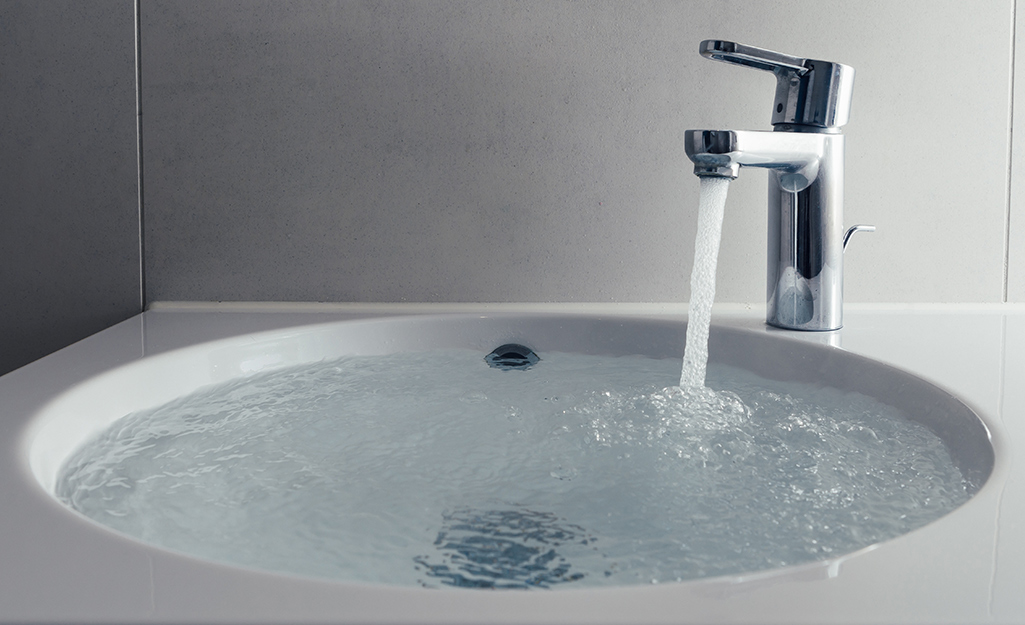 Dealing with a clogged bathroom sink can be a frustrating and inconvenient experience. The sight of standing water in your sink can be enough to ruin your day. But fear not, as there is a simple solution that can save you both time and money – Drano.
Standing water
in your
bathroom sink
is usually caused by a clog in the drain. This could be due to hair, soap scum, or other debris that has built up over time. The water backup not only prevents you from using your sink, but it can also lead to unpleasant odors and potential plumbing issues.
The first step in clearing the standing water in your bathroom sink is to assess the severity of the clog. If the water is draining slowly, you may be able to fix the issue with a plunger. However, if the water is not draining at all, it is time to bring out the big guns – Drano.
Drano
is a household name when it comes to clearing clogged drains. It is a powerful chemical solution that works to dissolve the buildup in your drain and allow water to flow freely again. But before using it, it is important to take some safety precautions.
Dealing with a clogged bathroom sink can be a frustrating and inconvenient experience. The sight of standing water in your sink can be enough to ruin your day. But fear not, as there is a simple solution that can save you both time and money – Drano.
Standing water
in your
bathroom sink
is usually caused by a clog in the drain. This could be due to hair, soap scum, or other debris that has built up over time. The water backup not only prevents you from using your sink, but it can also lead to unpleasant odors and potential plumbing issues.
The first step in clearing the standing water in your bathroom sink is to assess the severity of the clog. If the water is draining slowly, you may be able to fix the issue with a plunger. However, if the water is not draining at all, it is time to bring out the big guns – Drano.
Drano
is a household name when it comes to clearing clogged drains. It is a powerful chemical solution that works to dissolve the buildup in your drain and allow water to flow freely again. But before using it, it is important to take some safety precautions.
Protect Yourself and Your Sink
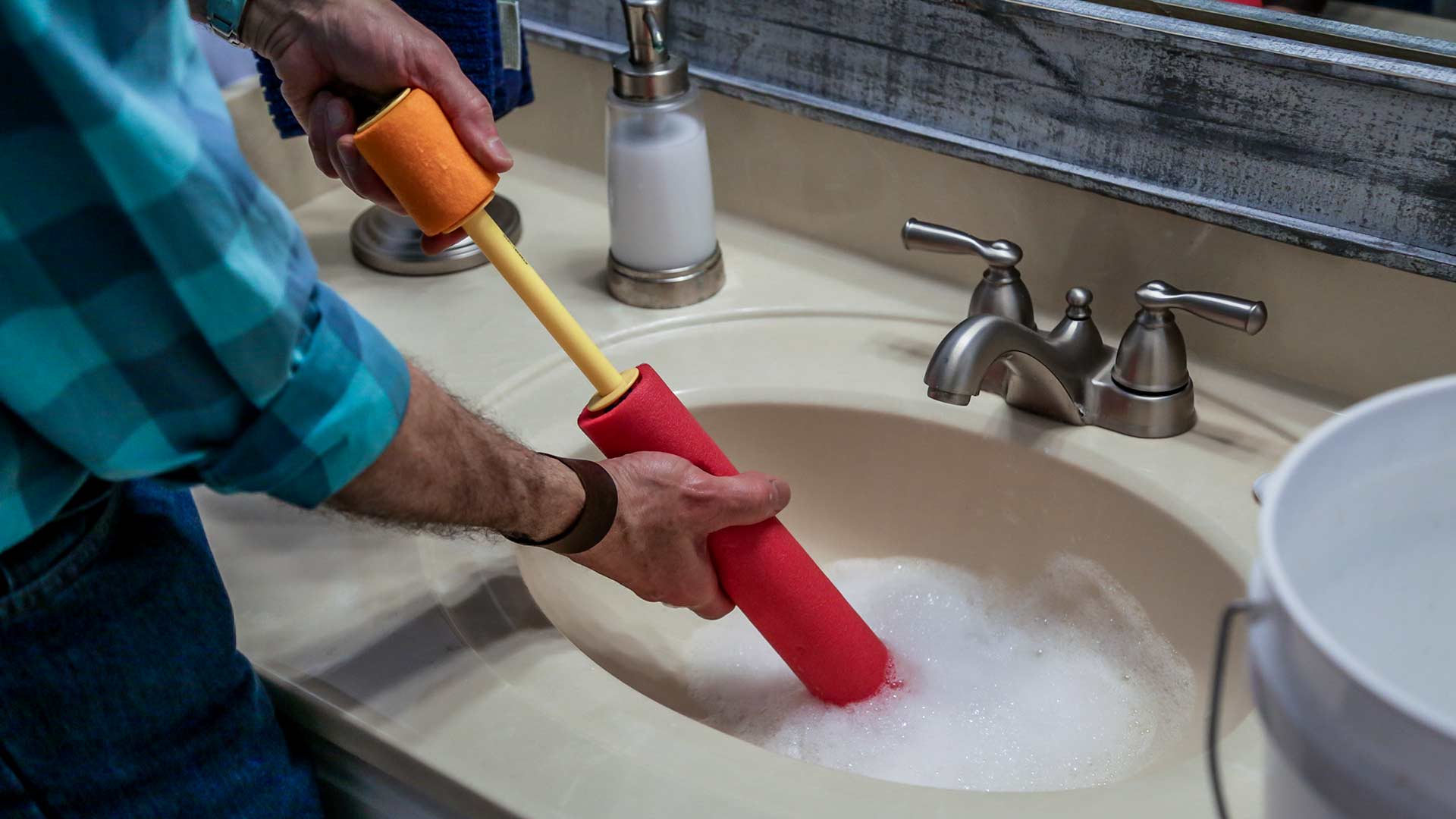 Before using Drano, make sure to put on gloves and safety glasses to protect your skin and eyes from any potential splashes. You should also remove any standing water in the sink with a cup or bucket. This will help the Drano to work more effectively.
Before using Drano, make sure to put on gloves and safety glasses to protect your skin and eyes from any potential splashes. You should also remove any standing water in the sink with a cup or bucket. This will help the Drano to work more effectively.
How to Use Drano
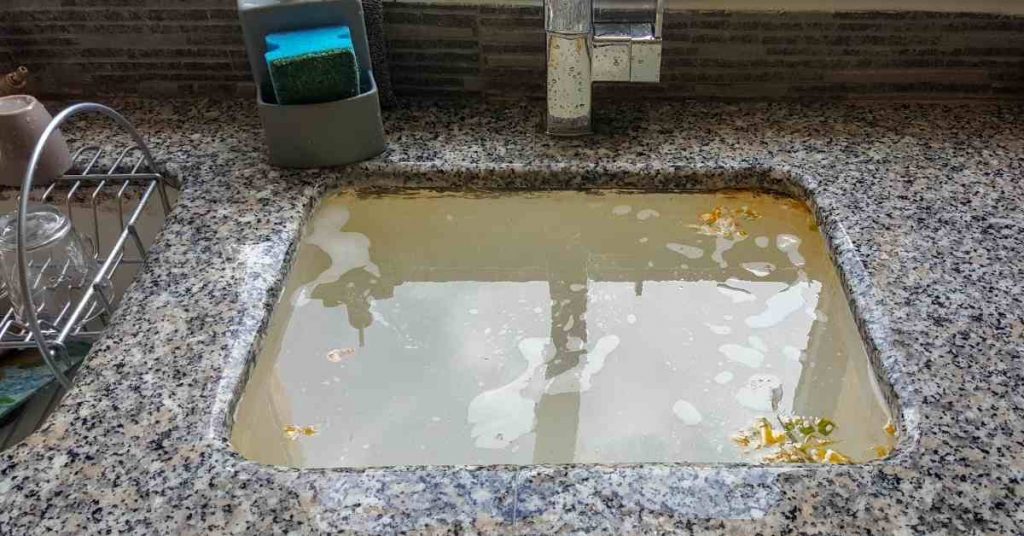 Once you have taken the necessary safety measures, it is time to use Drano. Begin by pouring the recommended amount of liquid Drano into your standing water-filled sink. For tough clogs, you may need to use more than one bottle.
Next, let the Drano work its magic for about 15-30 minutes. During this time, do not use any water in the sink to prevent diluting the solution. After the designated time has passed, flush the sink with hot water to clear out the clog.
Once you have taken the necessary safety measures, it is time to use Drano. Begin by pouring the recommended amount of liquid Drano into your standing water-filled sink. For tough clogs, you may need to use more than one bottle.
Next, let the Drano work its magic for about 15-30 minutes. During this time, do not use any water in the sink to prevent diluting the solution. After the designated time has passed, flush the sink with hot water to clear out the clog.
Preventing Future Clogs
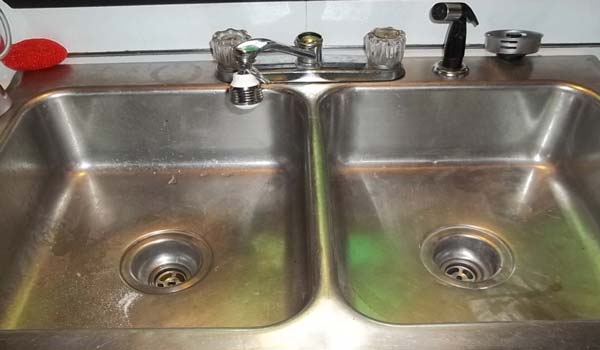 To prevent future clogs in your bathroom sink, it is important to practice regular maintenance. This can include using a hair catcher in the drain and regularly flushing the drain with hot water. You can also use a natural solution of baking soda and vinegar to keep your drains clean and clear.
In conclusion, standing water in your bathroom sink can be a frustrating problem, but with Drano, it can be easily and effectively resolved. By following these simple steps, you can have a clear and functional sink once again. Just remember to always use caution when handling chemicals and to regularly maintain your drains to avoid future clogs.
To prevent future clogs in your bathroom sink, it is important to practice regular maintenance. This can include using a hair catcher in the drain and regularly flushing the drain with hot water. You can also use a natural solution of baking soda and vinegar to keep your drains clean and clear.
In conclusion, standing water in your bathroom sink can be a frustrating problem, but with Drano, it can be easily and effectively resolved. By following these simple steps, you can have a clear and functional sink once again. Just remember to always use caution when handling chemicals and to regularly maintain your drains to avoid future clogs.





